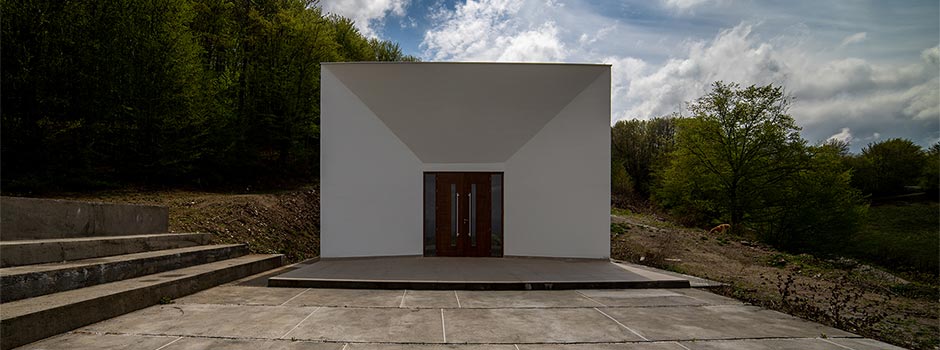
ARCHITECTURE Contemporary Space of the Mosque in Tupale Combines Light and Harmony
Jan 03, 2022 FEATURE, Architecture

The basic design approach was to create comfortable functional and spiritual space for the small Albanian Islamic community with a minimal financial cost. From dimensions to its construction materials, modesty served as a postulate, according to the philosophical essence of Islam. Notions like sincerity, heartiness and purity - the core principles of modesty - manifest the space with the same architectural language using pure geometric forms coloured in white, from the outside and within the building.
The inner space of the building, beyond the essential required facilities for Islamic rituals, was designed to create the universal space for meditation. Longitudinal walls of the main prayer hall are curved on the top to allow the sunlight to enter the room from hidden zenithal windows positioned above corridors. This way, worshipers are within the space without any visible opening towards nature but at the same time illuminated by the sunlight. On the front wall of the prayer hall, Mihrab faces the direction of Mecca and is also illuminated by sunlight.
The whole functional content of the building is distributed in less than 100 square meters. The minimalist spaces are structured in such a way that during their access the whole composition of the inner space of the building is experienced with a harmonic dynamic. The small entry foyer, in imitation of Hayat of traditional mosques, serves as the space for ablution before the prayer ritual. From the foyer, two corridors lead to the prayer hall from both sides. The entries to the prayer hall are positioned in the centre of the space to give equal access to all worshipers creating the feeling of equality within the space dedicated to divinity.
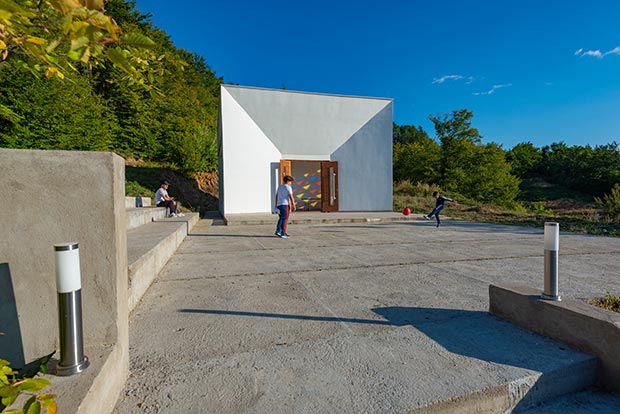 Mosque in Tupale / Photo by Aleksandar Stojanivic
Mosque in Tupale / Photo by Aleksandar Stojanivic
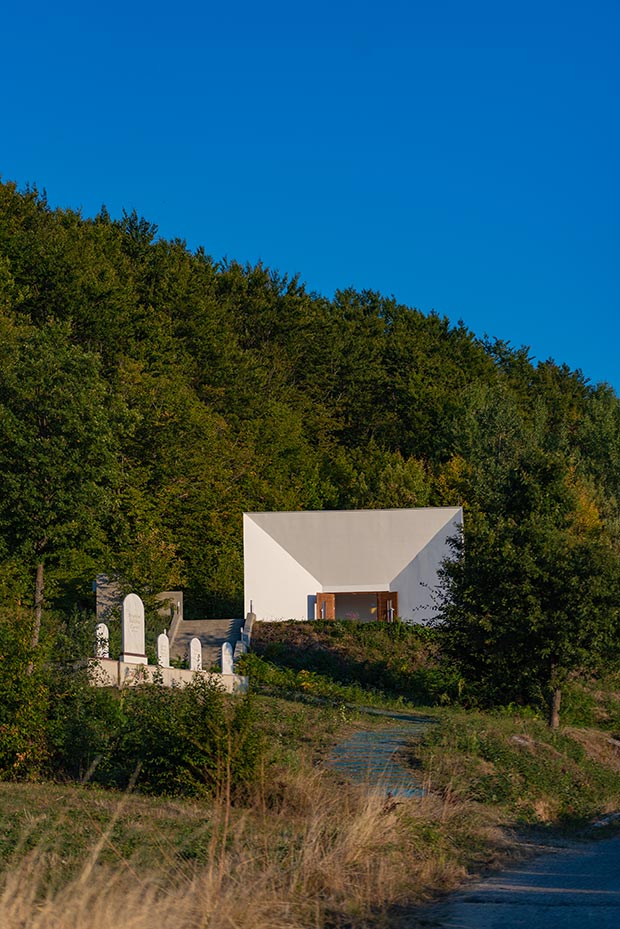 Mosque in Tupale / Photo by Aleksandar Stojanivic
Mosque in Tupale / Photo by Aleksandar Stojanivic
 Mosque in Tupale / Photo by Aleksandar Stojanivic
Mosque in Tupale / Photo by Aleksandar Stojanivic
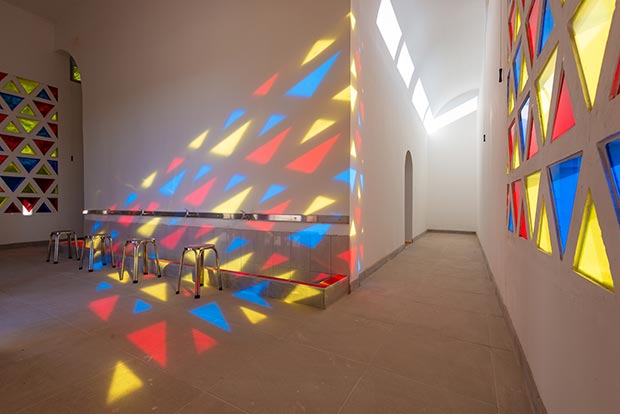 Mosque in Tupale / Photo by Aleksandar Stojanivic
Mosque in Tupale / Photo by Aleksandar Stojanivic
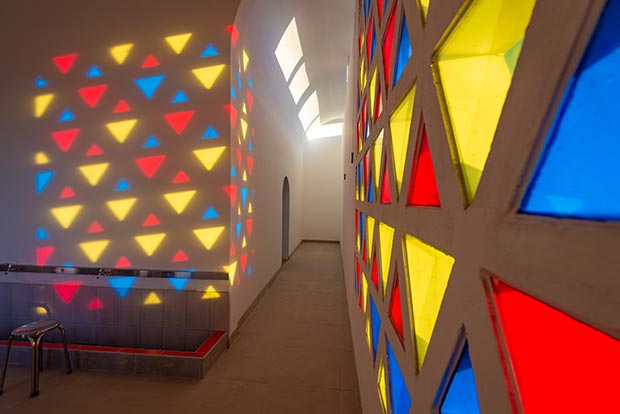 Mosque in Tupale / Photo by Aleksandar Stojanivic
Mosque in Tupale / Photo by Aleksandar Stojanivic
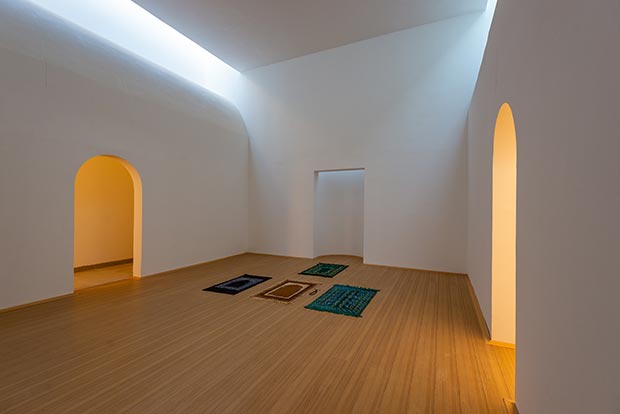 Mosque in Tupale / Photo by Aleksandar Stojanivic
Mosque in Tupale / Photo by Aleksandar Stojanivic
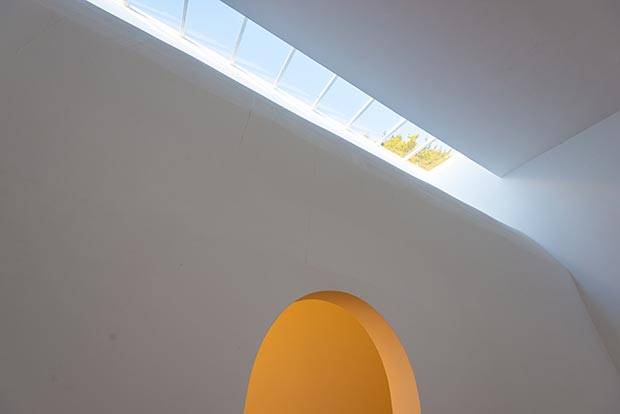 Mosque in Tupale / Photo by Aleksandar Stojanivic
Mosque in Tupale / Photo by Aleksandar Stojanivic
 Mosque in Tupale / Photo by Aleksandar Stojanivic
Mosque in Tupale / Photo by Aleksandar Stojanivic
 Mosque in Tupale / Photo by Aleksandar Stojanivic
Mosque in Tupale / Photo by Aleksandar Stojanivic
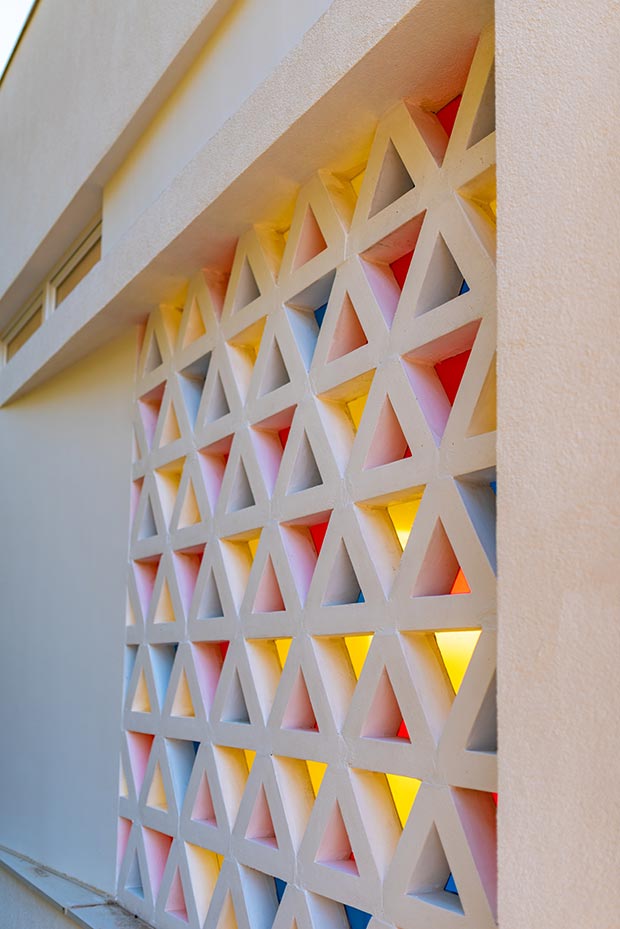 Mosque in Tupale / Photo by Aleksandar Stojanivic
Mosque in Tupale / Photo by Aleksandar Stojanivic
 Mosque in Tupale / Photo by Aleksandar Stojanivic
Mosque in Tupale / Photo by Aleksandar Stojanivic
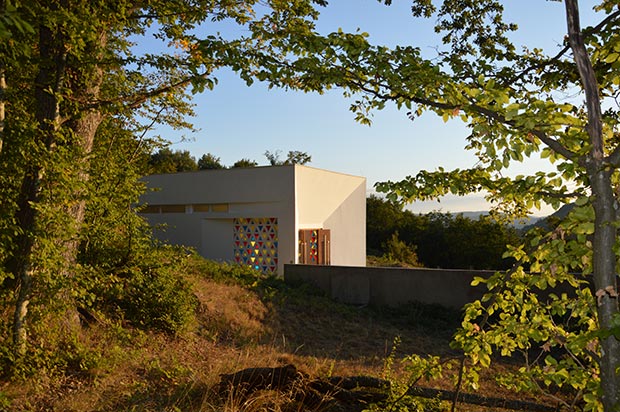 Mosque in Tupale / Photo by Arber Sadiki
Mosque in Tupale / Photo by Arber Sadiki
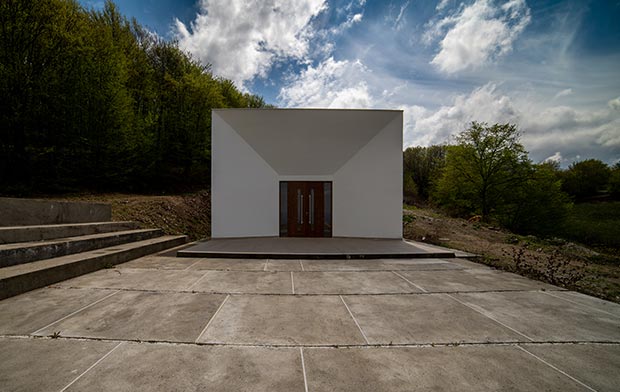 Mosque in Tupale / Photo by Albert Salihu
Mosque in Tupale / Photo by Albert Salihu
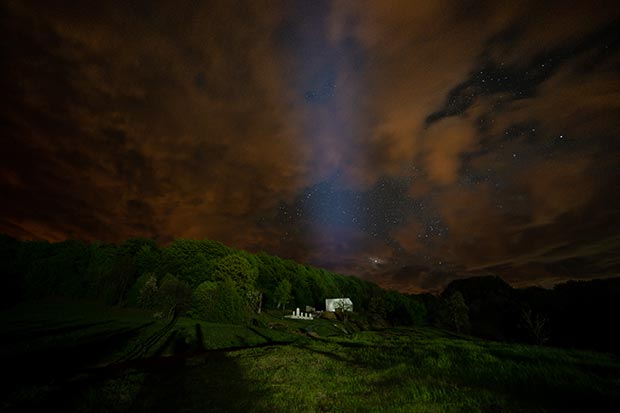 Mosque in Tupale / Photo by Albert Salihu
Mosque in Tupale / Photo by Albert Salihu
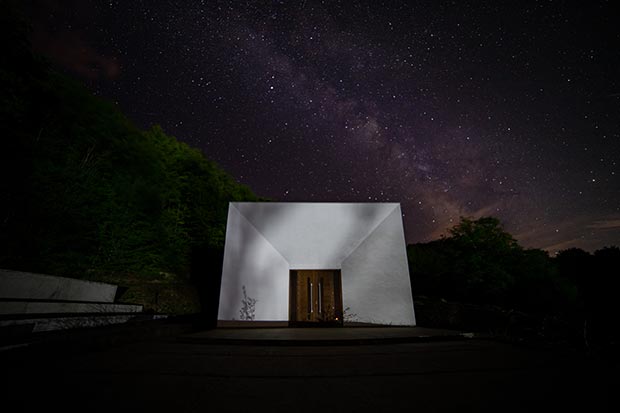 Mosque in Tupale / Photo by Albert Salihu
Mosque in Tupale / Photo by Albert Salihu
Considering that the building is located in the mountain region with a small Muslim Albanian community without any cultural facilities around, the mosque claims to offer opportunities for other cultural non-religious activities. The magnificent nature of the location during the four seasons of the year represents the extraordinary source contributing to creating the magnificent architectural landscape.
In terms to create the organic relationship between nature and architecture in accordance with the typography of the location, on the north of the contraction plot is located the opened amphitheatre. The plateau on the entries of the building serves as the stage of the opened theatre, while the building itself is scenography. The approach where nature and architecture support each other results in a magnificent architectural landscape where the buildings and surrounding atmosphere merge into one.
Comments
Add a comment